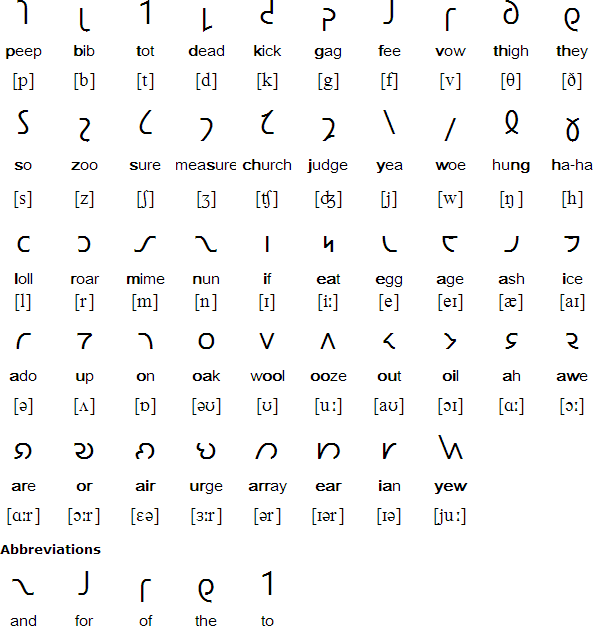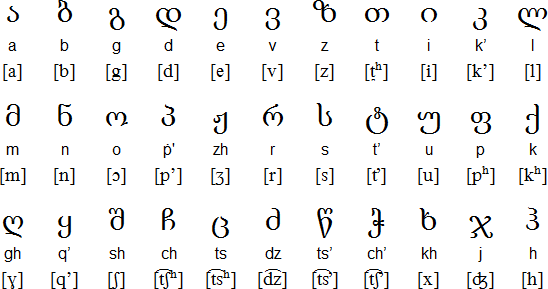I bought a candy bar from Ukraine. The ingredient list is like a Rosetta Stone of Slavic languages. Does anyone know what they are?
The ingredient listing at upper left is Ukrainain.
Looking at the part of the wrapper below the white stripe, the ingredient listing is repeated in the following languages (top to bottom):
- Kazakh
- Georgian
- Lithuanian
- Romanian
- Bulgarian
In the little rectangle next to the brand name ROSHEN, there is a Russian blurb between the Ukrainian and Kazakh blurbs. I think that ‘white stripe’ part of the wrapper is folded over to cover the Russian ingredient listing.
Nicely done! The second one on the lower flap has a much different style of letters. Is that Cyrillic or something else?
Damn, I got the rest of them but was trying to figure out the first (Kazakh) when you posted. Good work!
Stranger
That’s the Georgian alphabet.
Only two of the languages I see are Slavic, Ukrainian and Bulgarian (and probably Russian under the fold, like bordelond surmises.) You have quite a linguistic spread there. Kazakh is Turkic, Georgian is Kartvelian, Lithuanian is Baltic, and Romanian is Romance. So actually may function well as a Rosetta stone, though not just specifically for Slavic Languages. (And, to be honest, you don’t need much of a Rosetta Stone for Slavic languages as they are fairly closely related–though there are a lot of “false friends” among different pairs of them.)
When I lived in Hungary, we got all sorts of products that had like 4-8 languages on them. Pretty common in that part of the world.
Thanks,
Something that helped was that at the end of each ingredient listing, there was a note to the effect of “Imported by [import company name]” followed by an address. The Kazakh section showed an address in Almaty, Kazakhstan.
The Romanian section lists two addresses – one in Bucharest, Romania and the other in Chisinau, Moldova.
Geogian is a Kartvelic (Southern Caucasian) language unreleated to proto-Indo-European languages and is essentially a language isolate (technically there are a few other languages in the same family but except for Mingrelian they are all small ethnic populations), so not only is the script different from Latin or Cyrillic alphabets but the grammatical structure is unique.
Stranger
I see Georgian has 33 letters to the English 26. All they all “sounds” like English? What can they pronounce that we can’t?
I’m no expert on Georgian phonology but the language is quite distinct from the Slavic, Turkic, Greek, or Eastern Romance languages of nearby countries, and of course unlike Magyar. Which, by the way I’m surprised to see that this confection isn’t apparently exported to Hungary (I assume) even though it shares a significant border with Ukraine and buys a lot of Ukrainian foodstuff and energy.
Stranger
(Little bit of a tangent, but your OP has been answered, so why not? If this gets legs, maybe we can ask for a mod to split off later posts as a separate thread in IMHO.)
Number of individual letters in an alphabet are not really correlated with number of distinct speech sounds in a language. Here’s another alphabet intended for the English language – Shavian. Note that it has 40 basic letters and eight digraphs.
To answer this specific question as posed:
I’d phrase it more as “what do they pronounce that we don’t”, not “that we can’t”. Students of any native language can learn to produce unfamiliar Georgian consonants in isolation. Stringing them into conversational-speed Georgian speech is much more difficult, but still possible even if one’s native-language accent is never lost.
Below are the sounds correlated with each Georgian letter. I apologize in advance for the IPA symbols in brackets, but at least the Roman transliterations are given above the bracketed symbols. Thinking about these transliterations in terms of what the sounds suggested would be in English sometimes helps, sometimes doesn’t.
…
Some quick laymen’s level tips:
-
Many English consonants come in voiceless/voiced pairs – for example /p/ vs /b/, /t/ vs /d/, and so on. In Georgian, many consonants can be grouped not in pairs, but in threes – voiced/voiceless aspirate/voiceless ejectives**. Some English voiceless consonants are actually aspirated when they begin a word – the /p/ in English pin is aspirated, the /p/ in spin is not. In any case, Georgian uses separate letters for their voiced, voiceless aspirate, and voiceless ejective consonants – so that bumps up their number of letters right there.
-
Georgian has additional single letters for sounds English would spell with two letters – for example, English “ch-”, “sh-”, “zh-”, “-ts”, etc. Georgian “ch” and “ts” also are part of the triple scheme of voiced/voiceless aspirate/voiceless ejective described above. So several more letters added.
-
Georgian has still three more consonants that aren’t used in native English speech: a “kh”, a “gh”, and a “q” (links are to pages with listening samples at upper right). Now, don’t be fooled how these transliterations look to an English speaker. For “kh”, we’d just pronounce a regular ol’ “k” and think nothing of it – khaki could be spelled kaki in English and be pronounced the same. Modern English “gh” in words like rough and though tells us nothing about the Georgian consonant transliterated with “gh” – check out the link above. Same for “q” – English has a ton of “qu-” words and brand names like Compaq – but to know what the Georgian transliteration “q” is meant to represent, you have to listen to the link.
** Learn about ejectives with the engaging video below. English speakers actually do produce ejectives sometimes, but they’re always a by-the-way effect for an English speaker, not something that distinguishes meaning.
There are some clues you can learn, at least for the major languages. The top has what looks like the Latin I/i, so it’s not Russian, but Ukrainian in this case, or it could be a clue for Belorussian or Kazakh or smaller languages. I don’t see it here, but є would be even a bigger clue that it’s Ukrainian and not one of the others.
Bulgarian is in a different branch of Slavic languages but just from looking at the text it might not be that easy, I think it has no truly unique letters next to Russian. And Serbian is quite different, Ђ and Ћ are unique to it.
One tell for Bulgarian is that the ‘hard sign’ - ъ - represents an actual vowel – as in the second letter of the native name of Bulgaria, България.
This letter still exists in Russian (as a sound-modifying letter, not a vowel) but is, today, rare in written Russian.
Yeah, that’s even more definitive, I thought about including that but wanted to avoid tells that require you to recognize the previous character.
Until the local grocery store stopped carrying them, I bought tins of Twinings loose-leaf tea, that were sealed with foil on the top. The foil is printed with instructions such as “Seal in a cool, dry place”, repeated in about 15 different languages, that truly do span the world (two of the languages are in Cyrillic characters).
Also, it doesn’t seem to be on your candy bar, but Mongolian also uses Cyrillic script, and is definitely not Slavic.
The government is planning on elevating the traditional Mongolian script alongside Cyrillic in government documents, though it won’t be a replacement for normal use any time soon.
Moldovan also uses Cyrillic even though it is a Romance language (basically it is Romanian, my Romanian friend told me). BTW, Cyrillic is not a language–it names a group of closely related alphabets. And they are largely, but not exclusivity, Slavic languages. Croatian is a Slavic language written in the Roman alphabet. In fact, the main difference between Serbian and Croatian is the alphabet.
Moldovan is highly intelligible with Romanian just like Bulgarian and Macedonian, but considered separate for historic reasons.
Croatian is a highly variable spoken language. The most common dialects are close enough that some have called it basically the same as Serbian - but this gets very very political so you wouldn’t want to say that to any speaker’s face. But the other dialects of Croatian can be quite different and not so intelligible except that they’re in the same family. Basically a continuum - it’s easier to communicate with people who live near you no matter what their language is officially called.
One of the former Soviet “stans” is phasing out Cyrillic in order to use “our” letters. Kazakhstan?




